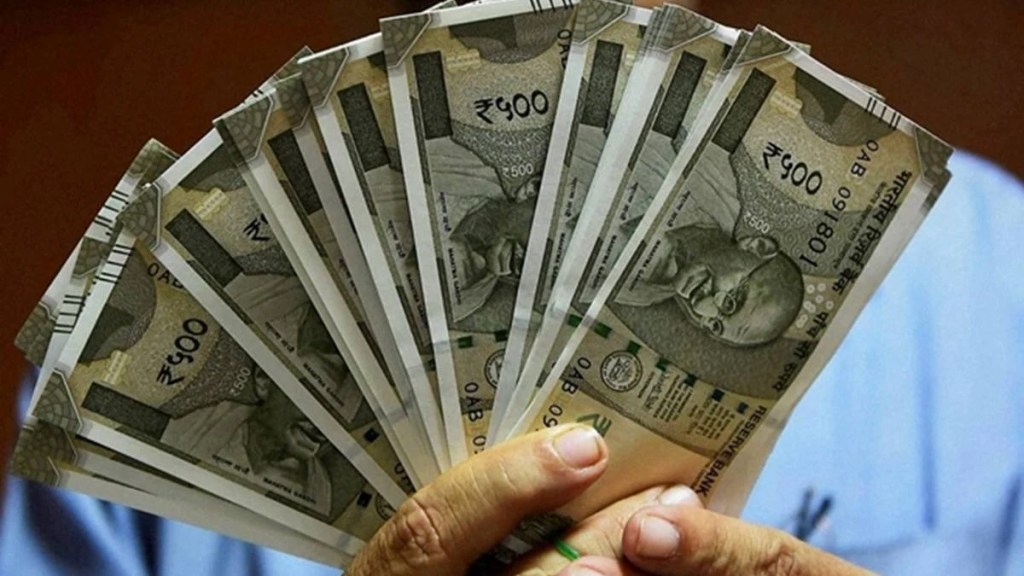To ensure states don’t cut back on their capital expenditure, the Centre has linked a third of the ‘untied’ part of the capex loan to them in FY24, to achievement of their individual capex targets in the year. Of the Rs 1.3 trillion loan, Rs 1 trillion is untied, while the balance is linked to reforms and other criteria specified by the Centre.
The 50-year interest-free capex support to states in FY24 is 71% higher than the FY23 revised estimate of Rs 76,000 crore.
The untied portion of Rs 1 trillion in FY24 would be allocated among states in proportion to their share of central taxes and duties as per the award of the 15th Finance Commission. Accordingly, Uttar Pradesh, with a share of Rs 17,939 crore, would be the top beneficiary, followed by Bihar (Rs 10,058 crore) and West Bengal (Rs 7,523 crore).
The untied funds would be released to states in three equal instalments. The first instalment of 33.3% (Rs 33,300 crore) would be released to each state government on meeting three basic conditions: adhering to branding norms for central schemes, sharing of scheme-wise spending data, and proof of deposit of the Centre’s share of the interest earned in Single Nodal Agency (SNA) account for each scheme. The interest in floating funds with SNAs could fetch the Centre Rs 1,000 crore in revenue in FY24, an official said.
The second instalment of untied funds would be released on utilisation of at least 75% of the first. The third instalment under this part would be disbursed on utilisation of 75% of the amount released in the first two and on meeting 45% of the total target fixed for capex by each state in FY24.
The state-wise capex target has been arrived at based on capital expenditure in FY22 and by applying a normative growth rate of 10% per annum for FY23 and FY24. Accordingly, the states in aggregate would have to invest `6.12 trillion in FY24, excluding capex support given by the Centre and their debt repayments. While the Centre would release the third instalment of untied funds if states achieve 45% of their annual capex target in H1FY24, the amount would be recovered from them in FY25 if they fail to meet the annual investment target by March 2024.
Given that states usually back-load their capex as they give priority to committed revenue spending including salary, pension and interest costs, the conditions would mean they would have to accelerate their own capex pace in FY24 to be able to use the third instalment. States in aggregate achieved about 30% of their annual capex in H1FY22.
According to the RBI report on state budgets released recently, their capex in April-October in FY23 grew 0.9%, as against the annual target of 38%.
Half of the ‘tied’ capex support of Rs 30,000 crore for reforms and specific purposes has been earmarked for urban planning reforms for efficient use of land resources, adequate resources for urban infrastructure, transit-oriented development, and enhanced availability and affordability of urban land.
Indicating the government’s focus on urban bodies’ capacity building, another Rs 5,000 crore is allocated for financing reforms in urban local bodies to make them creditworthy for municipal bonds and the issue of municipal bonds.
An incentive of Rs 5,000 crore would be given to states to set up Unity Malls in their capital cities to promote national integration, ‘Make in India’ and ‘one district, one product’.
Among others, an amount of Rs 3,000 crore is earmarked as incentive to states for the scrapping of government vehicles and ambulances. Another Rs 2,000 crore is earmarked for increasing housing facilities for police personnel and their families in urban areas.
Over and above the Rs 30,000 crore ‘tied’ funds under capex support, the Centre has provided an amount of `5,000 crore for states to set up physical libraries with infrastructure for accessing the National Digital Library resources at the panchayat and ward levels. States would also get an incentive for the timely release of their share in central schemes.

